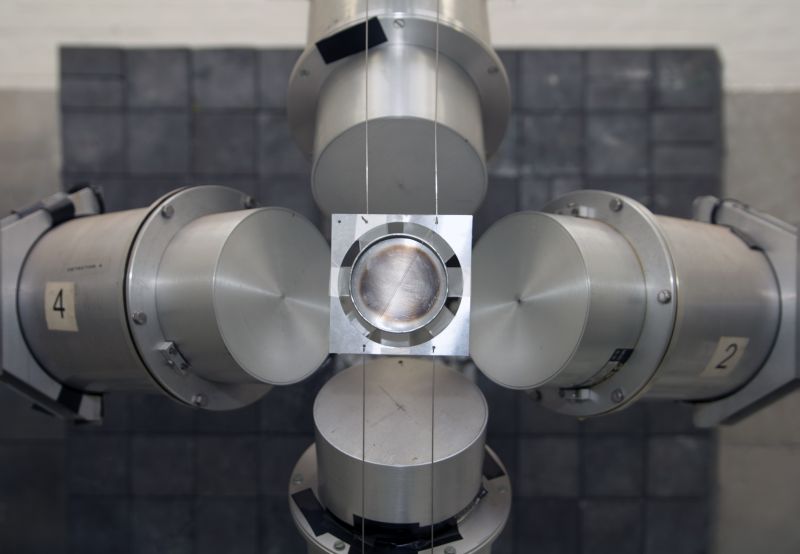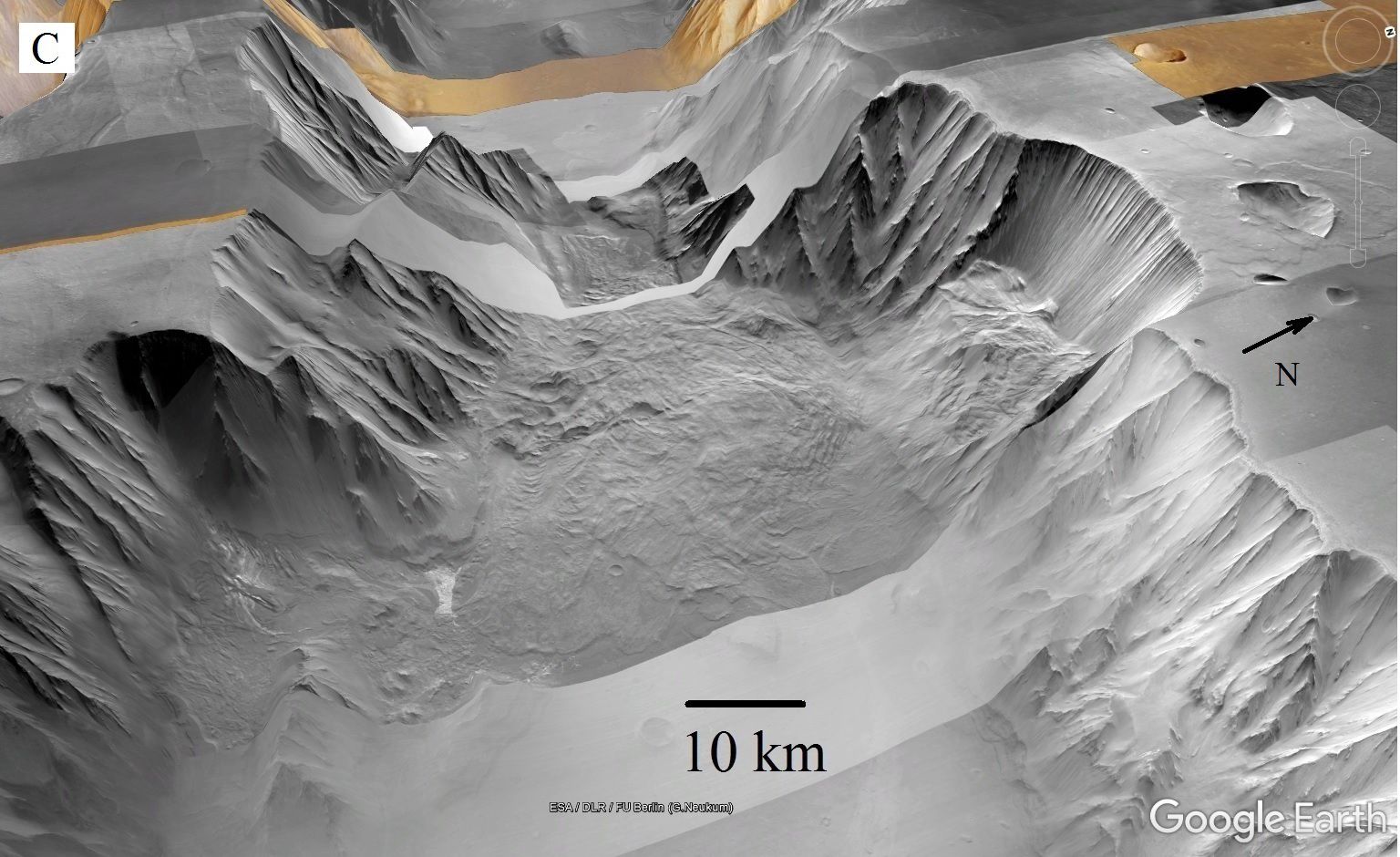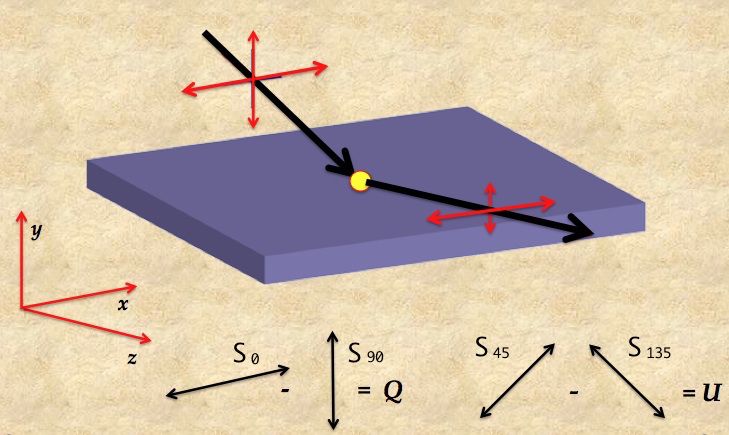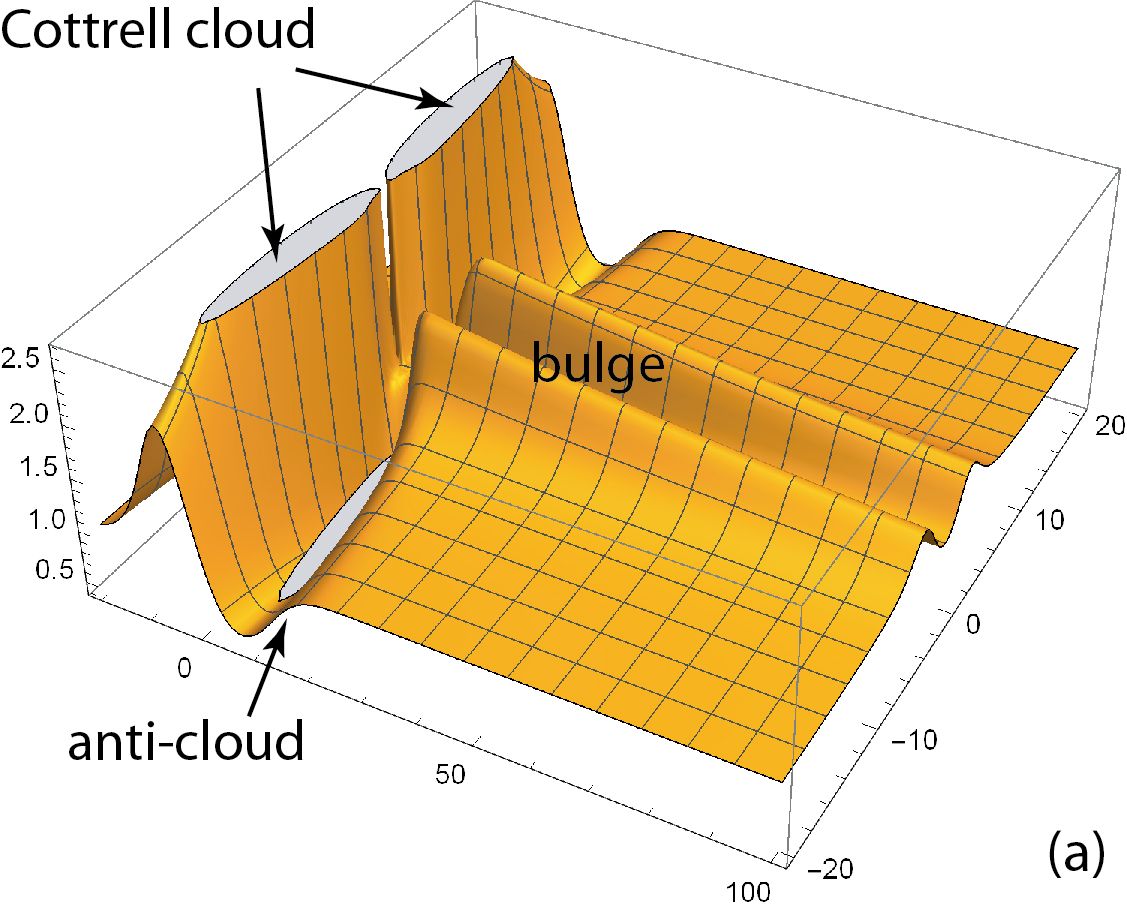News
EPJ D Highlight - Droplet explosion by shock waves, relevant to nuclear medicine
- Details
- Published on 22 November 2017

Ion beam cancer therapy could be improved if ion-induced shock waves are discovered. A new study explores how these predicted waves can be observed
An arrow shooting through an apple, makes for a spectacular explosive sight in slow motion. Similarly, energetic ions passing through liquid droplets induce shock waves, which can fragment the droplets. In a study published in EPJ D, Eugene Surdutovich from Oakland University, Rochester, Michigan, USA with his colleagues from the MBN Research Centre, Frankfurt, Germany have proposed a solution to observe the predicted ion-induced shock waves. They believe these can be identified by observing the way incoming ions fragment liquid droplets into multiple smaller droplets. The discovery of such shock waves would change our understanding of the nature of radiation damage with ions to cancerous tumour. This matters for the optimisation of ion-beam cancer therapy, which requires a thorough understanding of the relation between the physical characteristics of the incoming ion beam and its effects on biological tissues.
EPJ B Highlight - Greater government responsiveness is paramount to maintaining stable societies
- Details
- Published on 20 November 2017

Complex systems models reveal that socio-political instabilities are so predictable that the need to reduce the time lag in political decision-making is blatantly obvious
The Brexit is the perfect example of a time-delayed event. It will happen, if at all, only several years after the referendum vote. Dynamical systems with time delays, like societies making political decisions, have attracted considerable attention from physicists specialised in complex systems. In this new study published in EPJ B, Claudius Gros from Goethe University Frankfurt, Germany has shown that over time, the stability of our democracies can only be preserved by finding ways to reduce the time span governments and other political actors typically need to respond to the wishes of citizens, particularly when confronted with external shocks. That’s because citizens’ opinions are now forming much more quickly than ever before, relative to the time lags that policy decision making involves. This means that drastic changes in modes of governance may be required in order to keep democratic societies stable.
EPJ D Colloquium - Two-dimensional laser-induced fluorescence in the gas phase: a spectroscopic tool for studying molecular spectroscopy and dynamics
- Details
- Published on 16 November 2017
Two-dimensional laser-induced fluorescence (2D-LIF) extends the usual laser-induced fluorescence technique by incorporating a second dimension, namely the wavelengths at which the excited molecules emit, thereby significantly enhancing the information that can be extracted. It allows overlapping absorption features, whether they arise from within the same molecule or from different molecules in a mixture, to be associated with their appropriate "parent" state and/or molecule.
EPJ A Highlight - From experiment to evaluation, the case of n+238U
- Details
- Published on 14 November 2017

Evaluated nuclear data represent the bridge between experimental and theoretical achievements and final user applications. The complex evolution from experimental data towards final data libraries forms the cornerstone of any evaluation process. Since more than 90% of the fuel in most nuclear power reactors consists of 238U, the respective neutron induced cross sections are of primary importance towards accurate neutron transport calculations. Despite this significance, the relevant experimental data for the 238U(n,γ) capture reaction have only recently provided for a consistent description of the resonance region. In this work, the 238U(n,γ) average cross sections were evaluated in the energy region 5-150 keV, based on recommendations by the IAEA Neutron Standards projects and experimental data not included in previous evaluations.
EPJ Plus Highlight - Ice shapes the landslide landscape on Mars
- Details
- Published on 10 November 2017

SA new study uses a combination of glacial morphology and remote sensing measurement to explore the role of ice in shaping Martian landslides
How good is your Martian geography? Does Valles Marineris ring a bell? This area is known for having landslides that are among the largest and longest in the entire solar system. They make the perfect object of study due to their steep collapse close to the scarp, extreme thinning, and long front runout. In a new research paper published in EPJ Plus, Fabio De Blasio and colleagues from Milano-Bicocca University, Italy, explain the extent to which ice may have been an important medium of lubrication for landslides on Mars. This can in turn help us understand the geomorphological history of the planet and the environment of deposition.
EPJ Data Science Highlight - Gaining historical and international relations insights from social media
- Details
- Published on 17 October 2017

As more and more people get their news from social media platforms, these become hosts to vast amounts of information on human behavior in relation to real-time events around the world. In a study published in EPJ Data Science, Vanessa Peña-Araya and team successfully match geopolitical interactions obtained from Twitter activity with real-world historical international relations.
(Guest post by Vanessa Peña-Araya, Mauricio Quezada, Denis Parra and Barbara Poblete, originally published on the SpringerOpen blog
Online social media platforms, like Twitter, Sina Weibo, or Facebook, have become very popular in recent years. They are primarily used to share personal experiences and to keep in touch with friends. Nevertheless, many users turn to these platforms as reliable sources to find real-time information about world events, such as the Ukrainian Crisis or recent natural disasters. In particular, Twitter has become one of the prefered sources on the Web for breaking news updates
EPJ Data Science Highlight - Out in the city with Pokémon Go
- Details
- Published on 16 October 2017

In the summer of 2016 Pokémon Go took the world by storm. Millions of people across the globe descended on their streets, searching their neighbourhoods for monsters. Much has been reported on the health benefits that players gained from using the app; now, research published in EPJ Data Science explores how Pokémon Go was able to change the pulse of a city, encouraging people to use areas in ways they didn't previously.
(Guest post by Eduardo Graells-Garrido, originally published on SpringerOpen blog
The success of Pokémon Go is undeniable. People of all ages and everywhere in the world were using their mobile phones to go around their cities trying to catch the next pocket monster. But “PoGo” had an interesting, perhaps unintended, side-effect: not only did the game let you catch Pokémon in an augmented reality (AR) environment, it also motivated players to walk more and meet new people.
EPJ Plus Highlight - Remote sensing for cosmic dust and other celestial bodies
- Details
- Published on 11 October 2017

Study reviews the state-of-the-art in polarimetry as a remote sensing technique for the small bodies in our solar system
The solar system is full of various small bodies such as planetary moons, main belt asteroids, Jupiter Trojans, Centaurs, trans-Neptunian objects and comets. To study them, scientists typically analyse the radiation they reflect, which is referred to as polarimetry. Scientists not only focus on the intensity of the scattered radiation, but also on how photons oscillate in the plane perpendicular to their direction of propagation - that is, their polarisation. Combining these two aspects yields significantly better descriptions than data obtained from the intensity alone. In a paper published in EPJ Plus, Stefano Bagnulo from Armagh Observatory and Planetarium in Northern Ireland, UK, and colleagues review the state-of-the-art in polarimetry for studying the small bodies in our solar system.
EPJ E Highlight - Resolving tension on the surface of polymer mixes
- Details
- Published on 10 October 2017

A new study finds a simple formula to explain what happens on the surface of melted mixes of short- and long-strand polymers
Better than playing with Legos, throwing polymer chains of different lengths into a mix can yield surprising results. In a new study published in EPJ E, physicists focus on how a mixture of chemically identical chains into a melt produces unique effects on their surface. That’s because of the way short and long polymer chains interact with each other. In these kinds of melts, polymer chain ends have, over time, a preference for the surface. Now, Pendar Mahmoudi and Mark Matsen from the University of Waterloo, Ontario, Canada, have studied the effects of enriching long-chain polymer melts with short-chain polymers. They performed numerical simulations to explain the decreased tension on the surface of the melt, due to short chains segregating at the surface over time as disorder grows in the melt. They found an elegant formula to calculate the surface tension of such melts, connected to the relative weight of their components.
EPJ E Highlight - The secret to improving liquid crystal's mechanical performance
- Details
- Published on 06 October 2017

Better lubricating properties of lamellar liquid crystals could stem from changing the mobility of their structural dislocations by adding nanoparticles
By deliberately interrupting the order of materials - by introducing different atoms in metal or nanoparticles in liquid crystals - we can induce new qualities. For example, metallic alloys like duralumin, which is composed of 95% of aluminium and 5% copper, are usually harder than the pure metals. This is due to an elastic interaction between the defects of the crystal, called dislocations, and the solute atoms, which form what are referred to as Cottrell clouds around them. In such clouds, the concentration of solute atoms is higher than the mean concentration in the material. In a paper published in EPJ E, Patrick Oswald from the École Normale Supérieure of Lyon, France, and Lubor Lejček from the Czech Academy of Sciences have now theoretically calculated the static and dynamical properties of the Cottrell clouds, which form around edge dislocations in lamellar liquid crystals of the smectic A variety decorated with nanoparticles. This work could be important, for example, in the context of improving the lubricating performance of such liquid crystals.




